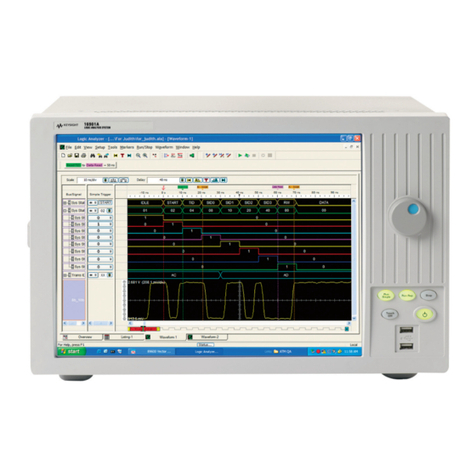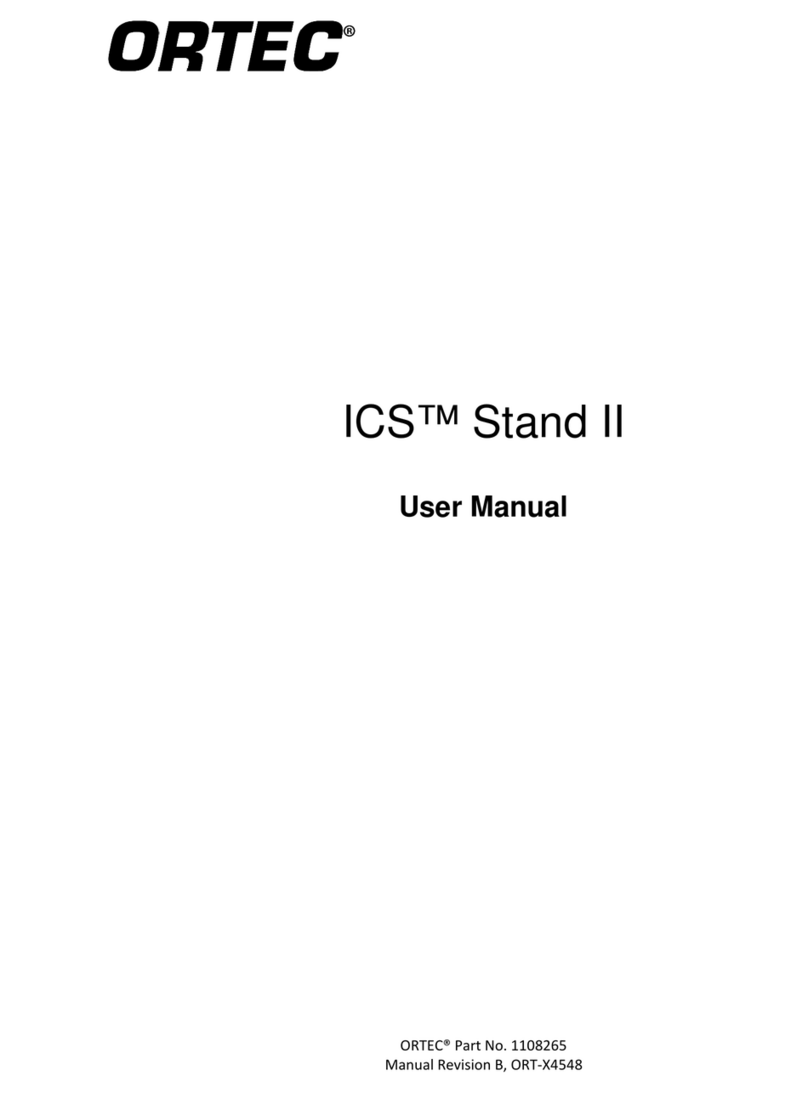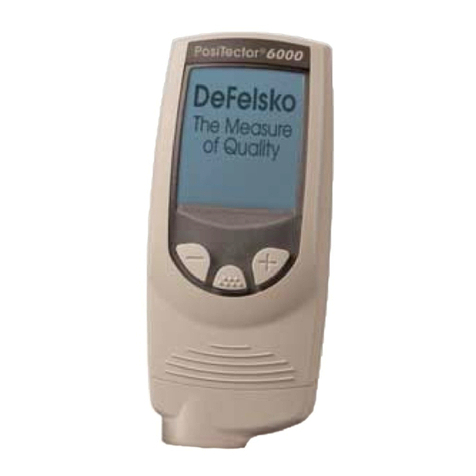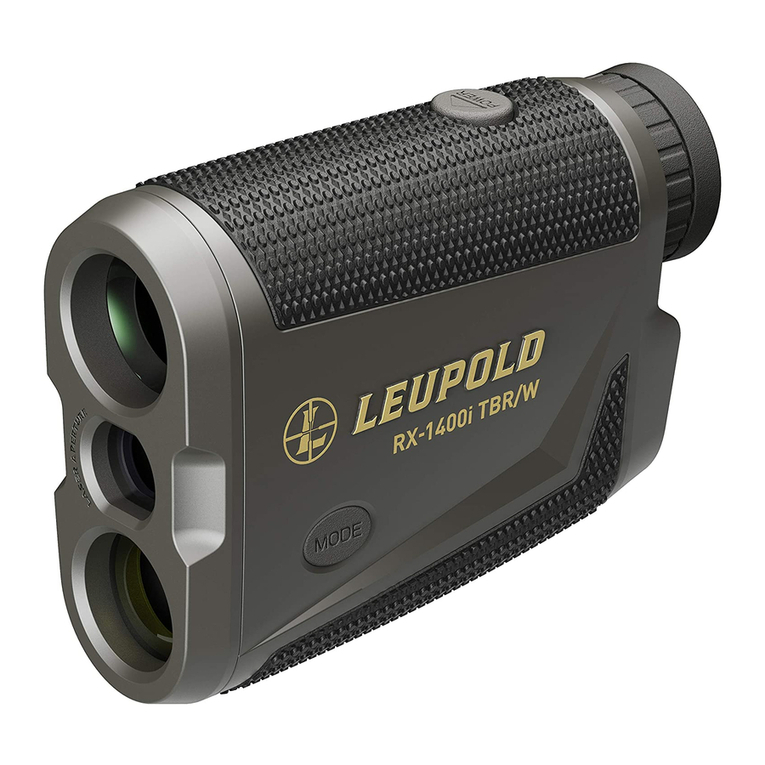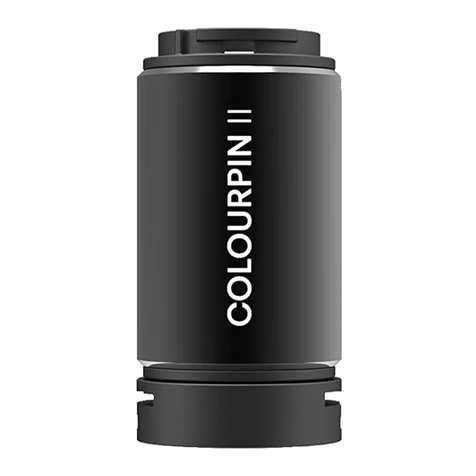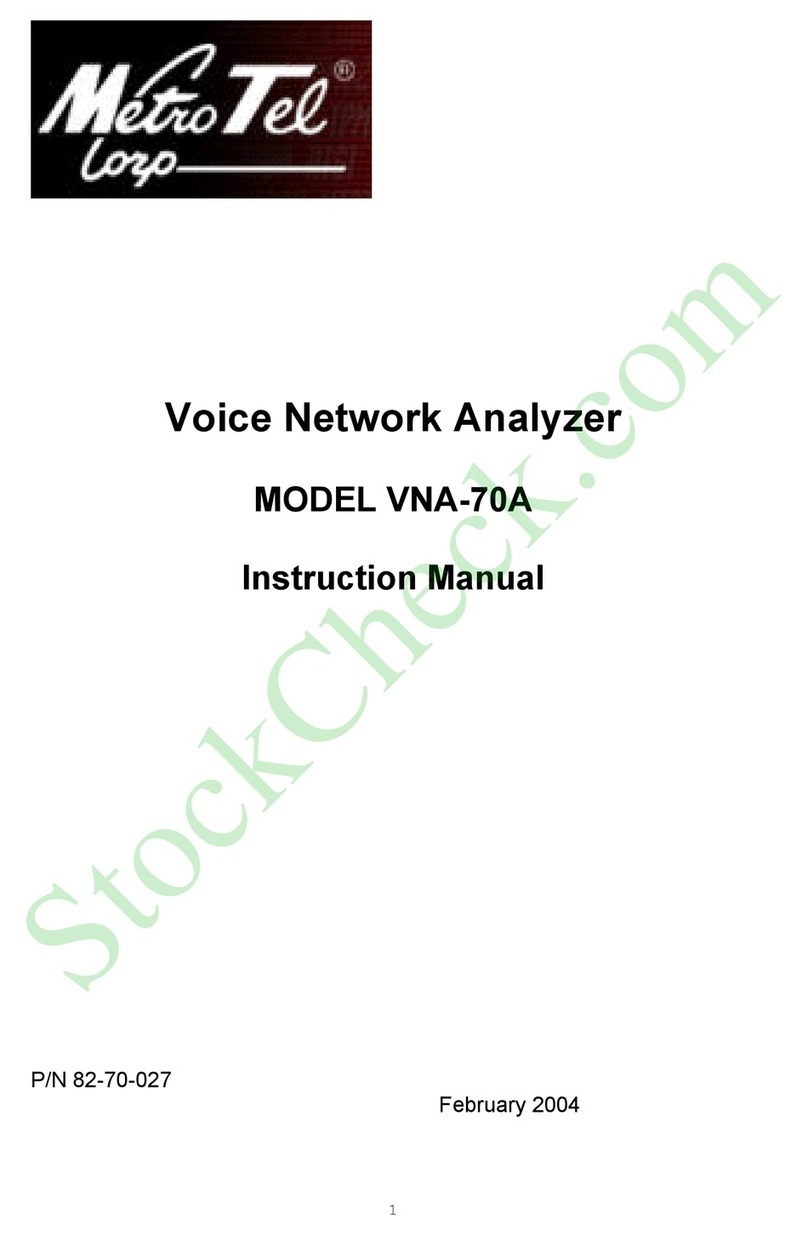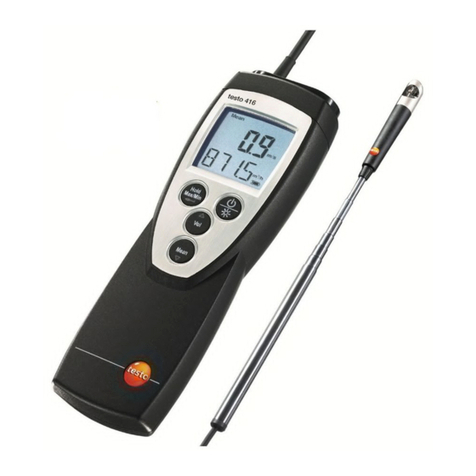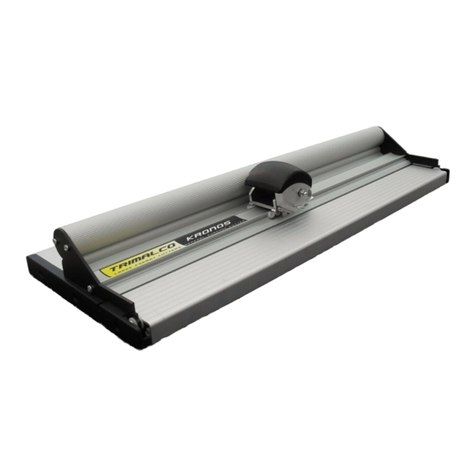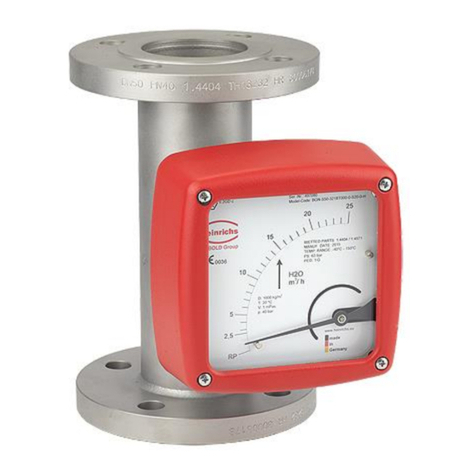Datasensor DS3 Series User manual

DS3 SERIES
Object detection and measurement light grid
INSTRUCTION MANUAL

DATASENSOR S.p.A. Via Lavino 26 5
4005 0 Mont e S. Piet ro - Bolog na - I taly
Tel: + 39 051 676 561 1 Fax: +39 051 6759 324
htt p: / / www. datasensor. com e-mail: info@datas ensor.com
DATASENSOR S.p.A. cares for the environment: 100 % recycle d pap er.
DATASENSOR S.p.A. reserves the right to make modificati ons an d improv ements with out prior n otification.
We
DATASENSOR S.p. A.
Via L av ino, 26 5
400 50 Mont e San P ietro
Bologna - Italy
declare under our sole responsibility that the product(s)
DS3-XX-XX X, OPTOELECTRONIC LIGHT GRID FOR OBJECT
DETECTION AND MEASUREMENT AND ALL ITS
MODELS
to which this declaration relates in conformity with the following
international standard(s) or other normative document(s)
CEI EN 61000-4-3, NOVEMBER1997:
ELECTROMAGNETIC COMPATIBILITY (EMC). PART 4: TESTING AND MEASUREMENT
TECHNIQUES. SECTION 3: RADIATED, RA D I O -F REQ UENCY, ELECTROMAGNETIC FIELD
IMMUNITY TEST
CEI EN 61000-4-4, SE PT E M BE R 1996:
ELECTROMAGNETIC COMPATIBILITY (EMC). PART 4: TESTING AND MEASUREMENT
TECHNIQUES. SECTION 4: ELECTRICALFAST TRANSIENT/BURST IMMUNITY TEST
CEI EN 61000-4-6, NOVEMBER1997:
ELECTROMAGNETIC COMPATIBILITY (EMC). PART 4: TESTING AND MEASUREMENT
TECHNIQUES. SECTION 6: IMMUNITY TO CONDUCTED DIST URBANCES, I NDUCED BY
RADIO-FREQ UENCY FIELDS
CEI EN 50319,
OT TO BER 2000:
ANALOG OUTPUT ONPROXIMITY SWITCH
CEI IEC 60947-5-2, MARCH 1999:
LO W VO LT AG E PRO X IM IT Y SW IT CH
Following the provision of the Directive(s):
89/ 336 CEE AND SUCCESSIVE AMENDMENTS
M onte Sa n Pi e tr o, 02/ 08 /20 01
Gianni Stradi otti
Qual it y Ass uranc e M a nag er
UNIEN ISO 1 400
1
D
DE
EC
CL
LA
AR
RA
AT
TI
IO
ON
N
O
OF
F
C
CO
ON
NF
FO
OR
RM
MI
IT
TY
Y

DS series Instructions manual
INDEX
1. GENERAL INFORMATION .........................................................................................pag. 1
1.1. Gen eral d escr iption of th e AR E Asc anä
ää
älig ht g rid ....................................... pag. 1
1.2. Selecting t he devic e........................................................................................... pag. 2
1.3. Typic al applications ............................................................................................pag. 3
2. INSTALL ATION MODE ............................................................................................... pag. 4
2.1 Pr ecau ti ons to be obs er ved for t he choi c e a nd i nstall a ti on of the d e vice . pag . 4
2.2. Gen eral information on th e d evice positioning .............................................. pag. 5
2.2. 1. M inimum inst allation dist ance ............................................................. pag . 5
2.2. 2. Minimum dist ance fro m reflec ting surfac es ..................................... pag. 6
2.2. 3. Installation of s everal adj acent light grids ......................................... pag. 8
3. MECHANICAL MOUNTING ........................................................................................ pag. 9
4. ELECTRICAL CONNECTIONS .................................................................................. pag. 10
4.1. Notes on t he connec tions .................................................................................... pag . 11
5. FUNCTION SELECTION ............................................................................................. pag. 13
5.1. Standar d co nfig uratio n ........................................................................................ pag. 13
6. CALIBRATION PROCEDURE.................................................................................... pag. 15
6.1. Correct calibration procedure g ui de ..................................................................pag . 15
7. FUNCTIONING MODE................................................................................................. pag. 16
7.1. Scan ning m od e ................................................................................................... pag. 16
7.2. Measure me nt mode ........................................................................................... pag. 18
7.2. 1. Absolute me asure me nt ........................................................................ pag . 18
7.2. 2. Relative measure me nt ......................................................................... pag . 19
7.3. Object det ectio n mo de (t eac h- in)..................................................................... pag. 20
7.3. 1. Absolute det ectio n................................................................................ pag . 21
7.3. 2. Relative det ectio n................................................................................. pag . 22
7.3. 3. Detectio n t oleranc e .............................................................................. pag . 22
7.4. DARK/LIGHT mo de of the output .................................................................... pag . 23
7.5. Sensiti vit y mode.................................................................................................. pag . 23
8. DIAGNOSTIC FUNCTIONS ........................................................................................ pag. 24
8.1. Visualisation of t he devic e sta tus ..................................................................... pag. 24
8.2. Fault a nd diag nostic messages ........................................................................ pag . 25
8.2. 1. D iagnos ti c mod e ...................................................................................pag . 25
8.2. 2. Error mo de ............................................................................................. pag . 26
9. CHECKS AND PERIODIC AL M AINTENANCE ....................................................... pag. 27
10. TECHNICAL DAT A ...................................................................................................... pag. 28
11. LIST OF THE AV AIL ABLE MODELS .......................................................................pag. 29
12. OVERALL DIMEN SIONS ............................................................................................ pag. 30

Instructions manual DS series
1
1. GENERAL INFORMATION
1.1. General description of the ARE AscanTM li gh t g rid
The AREAscanTM light grids are optoelectronic multibeam devices that
can be used to detect transparent and small objects and for
dimensional measurement. The variety of possibile functions makes
DS3 a particularly flexible device suitable to many different
applications.
The AREAscanTM li gh t grids of the DS3 seri e s are ma nufactu red i n
accordance with the international standards in force and in particular:
CEI EN 60947-5-2: low voltage proximity switch
CEI EN 50319: analog output on proximity switch
The device, consisting of one emitter and one receiver units housed
inside strong aluminium profiles, generates infrared beams that detect
any object positioned within the light grids detection field.
The command and control functions are inside the two units; the
connections are made through a M12 connector located in the lower
side of the profile.
The synchronisation between the emitter and the receiver takes place
through direct connection (via cable) between the two units.
The control and management of the emitted and received beams are
guaranteed by a microprocessor that, using LEDs, supplies to the
operator information relative to the light grid status and any error
conditions.

DS series Instructions manual
2
Some parts or paragraphs of this manual containing important
information forthe operator are preceded by a note:
Notes and detailed descriptions about particular characteristics of the
AREAscanTM devices in order to better explain their functioning.
DATASENSOR technical assistance is available for any necessary
information related to the functioning and/or installation of the DS3
series light grids (see section 9 “Checks and periodical maintenance”).
1.2. Selecting the device
The choice of the device may be based on the following:
- detection area needed. This is the height of the device’s sensitive
zone
- maximum operating distance. This is the distance between the
emitter unit (TX) and receiver unit (RX)
Four versions are available:
Operating distance Detection field
DS3-SD-015 0.2 … 0.6 m 24 beams; h=150 mm
DS3-SD-030 0.2 … 0.6 m 48 beams; h=300 mm
DS3-LD-015 0.6 … 1.5 m 24 beams; h=150 mm
DS3-LD-030 0.6 … 1.5 m 48 beams; h=300 mm
The functions that characterise the DS3 AREAscanTM light grids are
available on all 4 versions that consequently have the same operating
modes.
The specific technical characteristics (e.g. resolution, sensitivity etc)
remain the same for all the versions, until differently indicated.
For food industry applications, please verify with DATASENSOR
Technical Service the compatibility of the materials of the light grid
shell with the eventual chemical agents that are used in the production
process.

Instructions manual DS series
3
1.3. Typical applications
The following images supply an overview on some of the main
applications.
Object detection and measurement on conveyor
belt
Control of the correct material positioning
(opaque and transparent) during functioning
(plastic, metal, paper etc)
Loop control and positioning (also transparent
ma t e ri a l )
Detection of objects w ith different shapes in the
food industry
Detection of objects in different positions (parallel
beams)
Detection of small objects in different positions
(crossed beams)

DS series Instructions manual
4
2 INSTALLATION MODE
2.1. Precautions to be observed for the choice and installation of the device
• The dimension of the smallest object to be detected should not to
be lower than the resolution level of the device.
• The DS3 should be installed in a place compatible with the
technical characteristics (see section 10 “Technical Data”) of the
AREAscanTM light grids.
Other considerations:
- avoid installation near very intense and/or flashing light sources,
in particular near the receiver unit.
- strong electromagnetic interferences can compromise the
correct functioning of the device. Please contact DATASENSOR
Technical Service when this problem occurs.
- the operating distance of the device can be reduced in the
presence of smog, fog or airborne dust.
- a sudden change in environment temperature, with very low
minimum peaks, can generate a small condensation layer on the
lenses and jeopardise functioning.

Instructions manual DS series
5
2.2. General information on the device positioning
• Place the device near the detection area.
• Align the receiver (RX) and emitter (TX) units parallel to one
another.
• Fix the receiver and emitter units on rigid supports not affected by
strong vibrations using the specific brackets (see section 3
“Mechanical mounting”).
• Check that the distance between the receiver and emitter units is
within the device operating distance (see section 10 “Technical
data”).
2.2.1. Minimum installation distance
The minimum installation distance corresponds to the minimum
operating distance (= 20 cm for short distance versions; = 60 cm for
long distance versions).
It is recommended that the distance be slightly increased to avoid
problems deriving from the imperfect alignment of the two units.

DS series Instructions manual
6
2.2.2. Minimum distance from reflecting surfaces
Reflecting surfaces placed near the light beams of the AREAscanTM
device (over, under or laterally) may cause passive reflections; these
reflections could compromise the recognition of an object inside the
controlled area (see Fig.1).
Fig. 1
However, if the receiver detects a secondary beam (reflected by the
side-reflecting surface) the object cannot be detected, even if the main
beam is interrupted by the entering object.

Instructions manual DS series
7
It is thus important to position the light grid according to the minimum
distance from any reflecting surface.
The minimum distance depends on:
- Device operating distance
- Reflecting surface nature
- Position of the object inside the sensitive area
The minimum distance of the reflecting object has to be:
DS3-SD d > 7 cm
DS3-LD d > 12 cm
If the distance between the receiver and emitter is between 60 and 90
cm
DS3-LD d > 25 cm
If the distance between the receiver and emitteris between 90 and 150
cm
NOTE: These v alues are based on a mirrored surface sample
with an 80% reflecting index.

DS series Instructions manual
8
NO
YES
YES
2.2. 3. Installation of several adjacent light grids
When several devices must be installed in adjacent areas, care must
be taken to prevent interference between the emitter of one device and
the receiver of another.
Fig.2 gives an example of possible interferences between different
devices and two pertinent solutions.
Fig. 2

Instructions manual DS series
9
Fig. 3
3. MECHANICAL MOUNTING
The emitting and receiving bars must be installed with the relevant
sensitive surfaces turned towards each other;
the connectors must be positioned on the
sa m e si de and the di sta nce m ust be i ncl uded
within the operating range of the model used
(see section 10 “Technical data”).
Once they have been positioned, the two bars
should be aligned and completely parallel.
To mount the device, use the threaded pins
supplied (Fig.3); insert them into the slots on
the two bars.
The operator can use the pins and/or the rigid mounting brackets –
supplied with the device – depending on the particular application
and/or the type of support on which the two bars must be placed (see
Fig.4).
Fig. 4
Rigid brackets can be used where no large mechanical corrections are
required, during the alignment operation.
The rotating supports for the correction of the bars’ inclination of ±1°
on the median transversal axis and of ±5° on the longitudinal axis, are
avai la ble on request.
For applications with particularly strong vibrations, it is advisable to use
anti-vibration shock absorbers capable of reducing the impact of the
vibrations. These should be installed with threaded pins, rigid brackets
and/or rotating supports.

DS series Instructions manual
10
4. ELECT RICAL CONNECTIO NS
The electrical connection between the emitter and receiver units is
made through male M12 connectors, located in the lower part of the
light grids.
2
8
1
5
3
4
7
6
A
NALOG OUTPUT
REMOTE TEACH-IN/CALIBRATION
(TX ) D-
PNP OUTPUT
GND NOT USED
+24VDC
(TX ) D+
RECEIVER (RX): 1 = white = SYNC D-
2 = brown = +Vdc
3 = green = NOT USED
4 = yellow = PNP output
5 = grey = Analog output
6 = pink = SYNC D+
7 = blue = 0V
8 = red = REMOTE TEACH-IN/
CALIBRAT ION
34
21
GND
+VDC
(RX ) D+
D-( RX)
EMITTER (TX): 1 = brown = +Vdc
2 = white = SYNC D+
3 = blue = 0V
4 = black = SYNC D-
ç
ç
ç
è

Instructions manual DS series
11
4.1. Notes on the connections
For the correct functioning of the AREAscanTM. light grid, the following
precautions regarding the electrical connections should be taken:
• Sheilded cables are not foreseen in the standard connection.
However, if necessary, these cables can be used; in this case
ground connection is necessary of both the unit and cable, as
shown in Fig.5.
Fig. 5
The cables must not be placed in contact with or near any high voltage
cable (e.g. motor power supply, inverters, etc.). The correct functioning
of the device can be compromised.

DS series Instructions manual
12
• The AREAscanTM are NOT safety devices and so MUST NOT be
used to control the safety of the machines where installed.
• The ground connection of the two units is not necessary. However,
if required, the connection is possible; tighten the special screw –
supplied with the device – instead of one of the 8 screws that lock
the heads of each bar (see Fig.6).
• Follow the connection illustrated in Fig.5 when ground connection
of the entire system is used.
Fig. 6

Instructions manual DS series
13
5. FUNCTION S ELECTION
The functions implemented in the AREAscanTM devices can be
selected using the dip-switches inside the receiver unit as shown in
Fig.7.
The SET pushbutton, necessary for the calibration procedure (see
section 6 “Calibration Procedure”) and teach-in function (see section
7.3 “Teach-in detection of objects”), is present on the same unit.
Fig. 7
5.1. Standard configuration
The device is supplied with the following standard configuration:
- Paral lel be ams
- Calibration at powering on
- Aboslute measurement mode with VOU T min at channel 1
- Sensitivity at level 9
DIP-SWITCH
SET pushbutton

DS series Instructions manual
14
Table 1 indicates the type of function and the relative position of the
dip-switches.
Tab. 1
NOTE: The dip-switches not used are shown in grey.
Black indicates the position of the dip-switch lever used.

Instructions manual DS series
15
6. CALIBRATION PROCEDURE
The calibration procedure sets the signal level that arrives from the
receiver in the rest condition (no object detection).
In every other conditi on, the acquired signal will be compared to the
one acquired during the calibration.
The calibration depends on the alignment and distance of the two
units; the procedure must be repeated every time these parameters
change.
6.1. Correct calibration procedure guide
The calibration can be done according to the following procedure, once
the mechanical mounting, electrical connections and alignment are
completed:
• Switch ON the DS3.
• In the CALIBRATION AT POWERING mode (see function 4 in
Tab.1 at page 14), the system will automatically calibrate itself at
the powering on. Successive calibrations during functioning have to
be made according to the following mode.
• In the MANUAL CALIBRATION mode (see function 3 in Tab.1 at
page 14), press and release the SET pushbutton.
The calibration phase can have a variable duration and ends when
the green LED lights up in a steady manner; the system functions
only at this moment.
• No undesired object should be present in the detection area during
the calibration process. The calibration procedure can be made
even if an object will remain fixed inside the detection area (e.g.
support, paper etc). In this case, area affecting the fixed object will
be excluded from the total sensitive area (BLANKING mode).
The powering on of the red LED (ERROR FAILURE) indicates this
particular situation.
• The position of both the receiver and emitter must remain the same
both during and after calibration (the use of specific anti-vibration
brackets are suggested in case of particularly critical applications
characterised by strong vibrations).

DS series Instructions manual
16
7. FUNCTIONING MODE
The DS3 light grid is a detection and measurement device and thus the
beam interruption due to an object causes the switching of the digital
output (PNP type) and/or the change of the analog output signal. Small
objects (up to 0.5 mm), transparent films and measurement of
geometrical dimensions with a 6 mm resolution, can be obtained by
setting the device at the right sensitivity.
The different functioning modes available are listed below:
7.1. Scanning mode (see functions 1 and 2 of Tab.1 at page 14)
Two different scanning types can be accomplished with the
AREAscanTM of the DS3 series:
• Scanning with PARALLEL beams:whe re each si ngl e
photoreceiver is illuminated only by the beam of the corresponding
photoemitter with a precise scanning sequence (this mode
activates only one photoreceiver/photoemitter couple each time,
during the scanning cycle).
This mode can be used both for the detection of objects as well as
the dimensional measurement (this measurement is supplied to the
operator by the analog output 0-10V). The minimum object that can
be detected has to be ≥6 mm (that represents the minimum
resolution (R), Fig.8, of the device in this mode).
Fig. 8

Instructions manual DS series
17
• Scanning with CROSSED beams: where several photoreceivers
are illuminated by the beam of a single photoemitter (this mode
activates a series of photoreceivers and one photoemitter
contemporarily, during the scanning cycle). The scanning with
crossed beams can be used for the detection of objects with small
dimensions and, in particular, for the detection of transparent
objects. The minimum object that can be detected is ≥0.5 mm
(that represents the minimum resolution of the device in this mode).
The real resolution of the device also depends on the object’s
position in the detection field, as shown below (Fig.9).
The analog output is not activated in this mode.
Fig. 9
Table of contents
Popular Measuring Instrument manuals by other brands
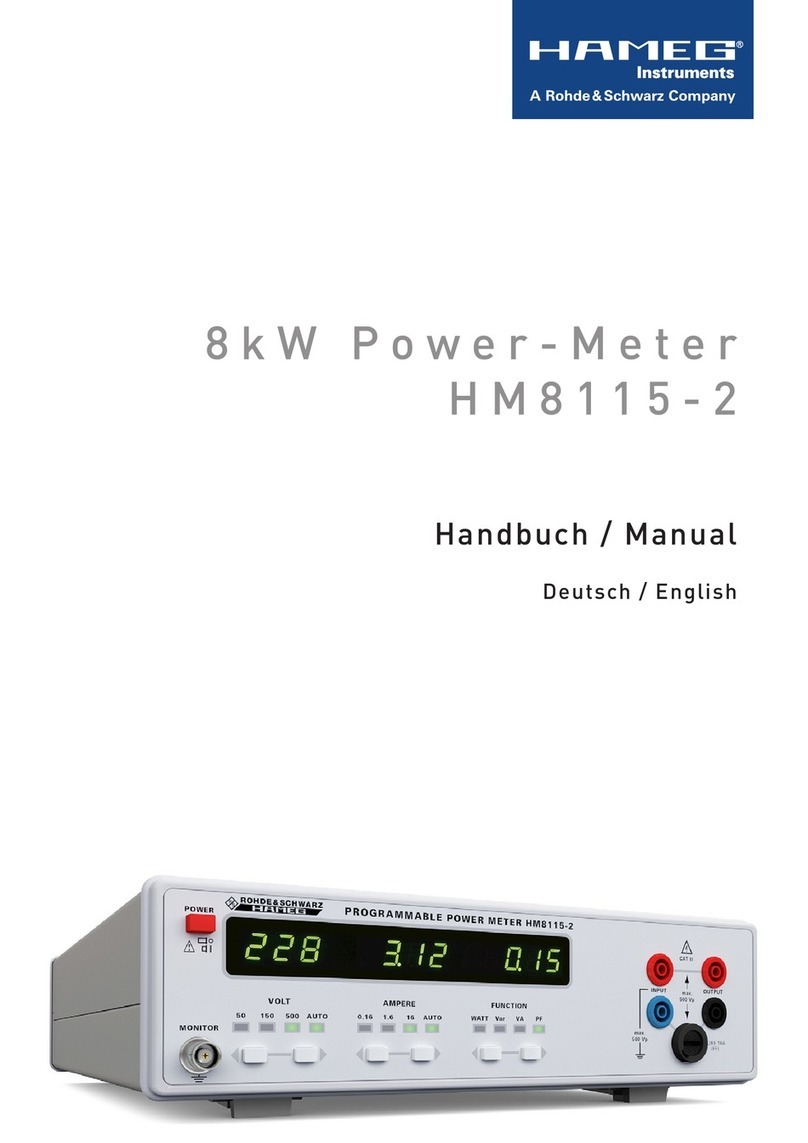
Hameg
Hameg HM8115-2 manual
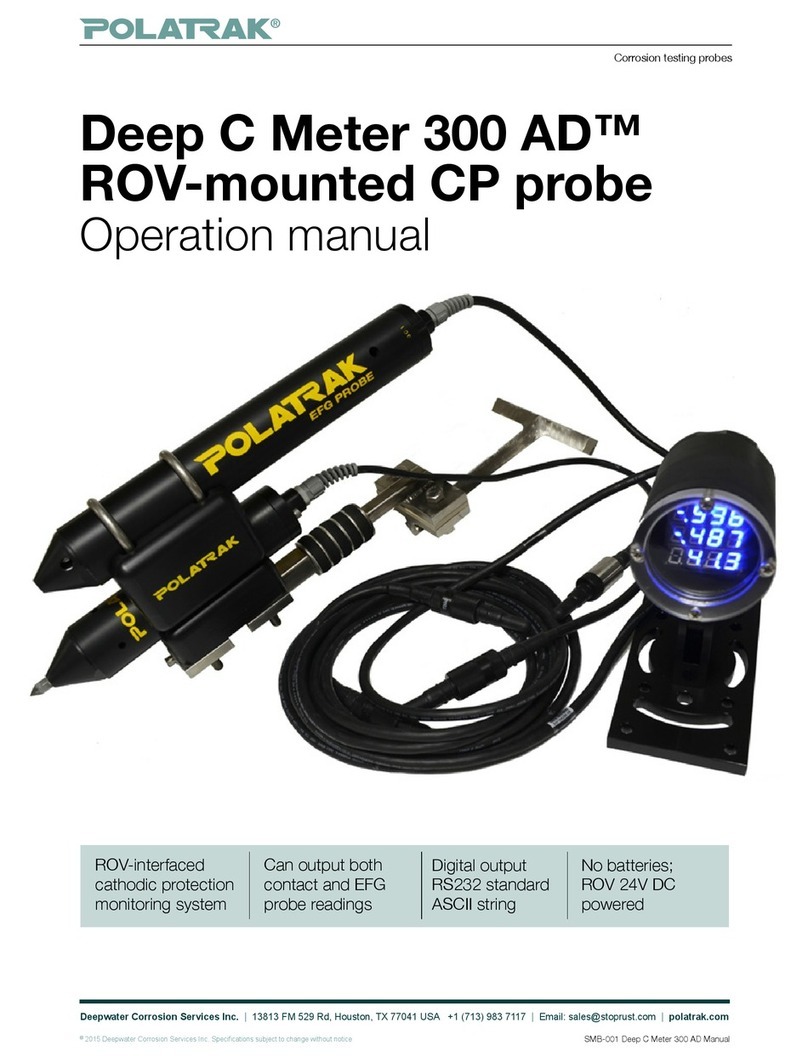
Polatrak
Polatrak Deep C Meter 300 AD Operation manual

Triplett
Triplett SL600-KIT user manual

Timewave
Timewave DM-1 operating manual
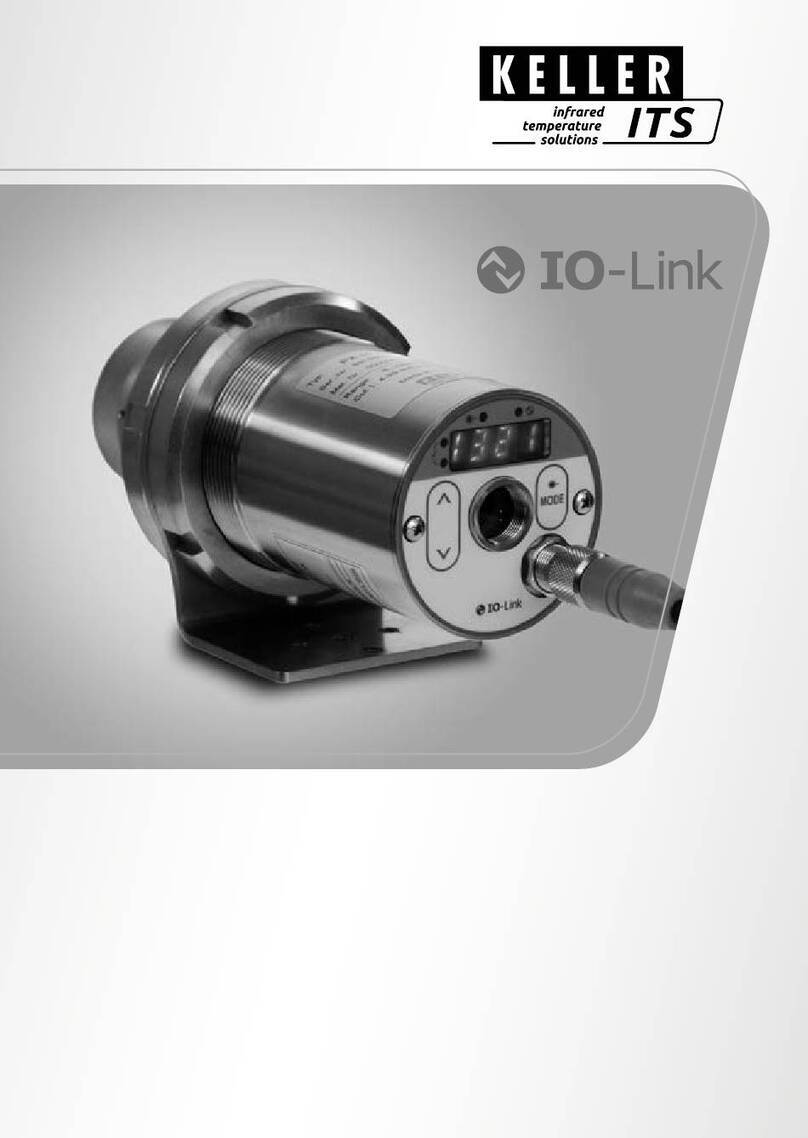
ITS Telecom
ITS Telecom KELLER CellaCast PX8 Series manual
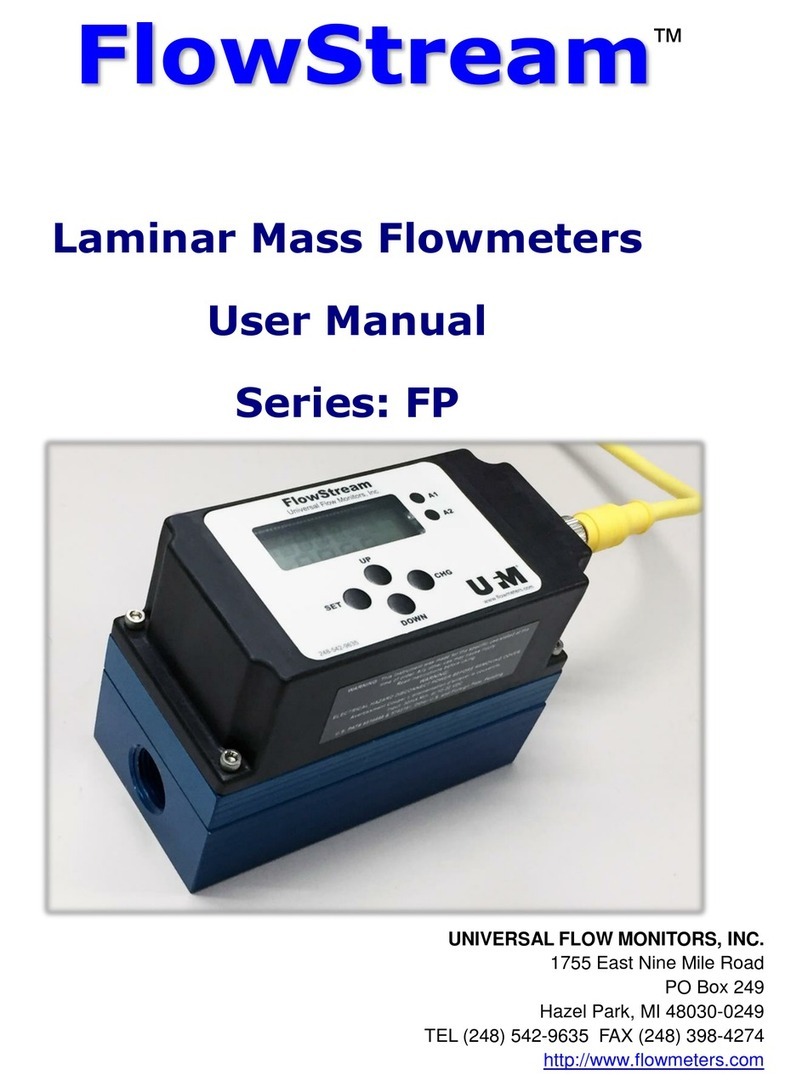
Universal Flow Monitors
Universal Flow Monitors FlowStream FP-EF-2N-360SCFH-CO2-X1B user manual
